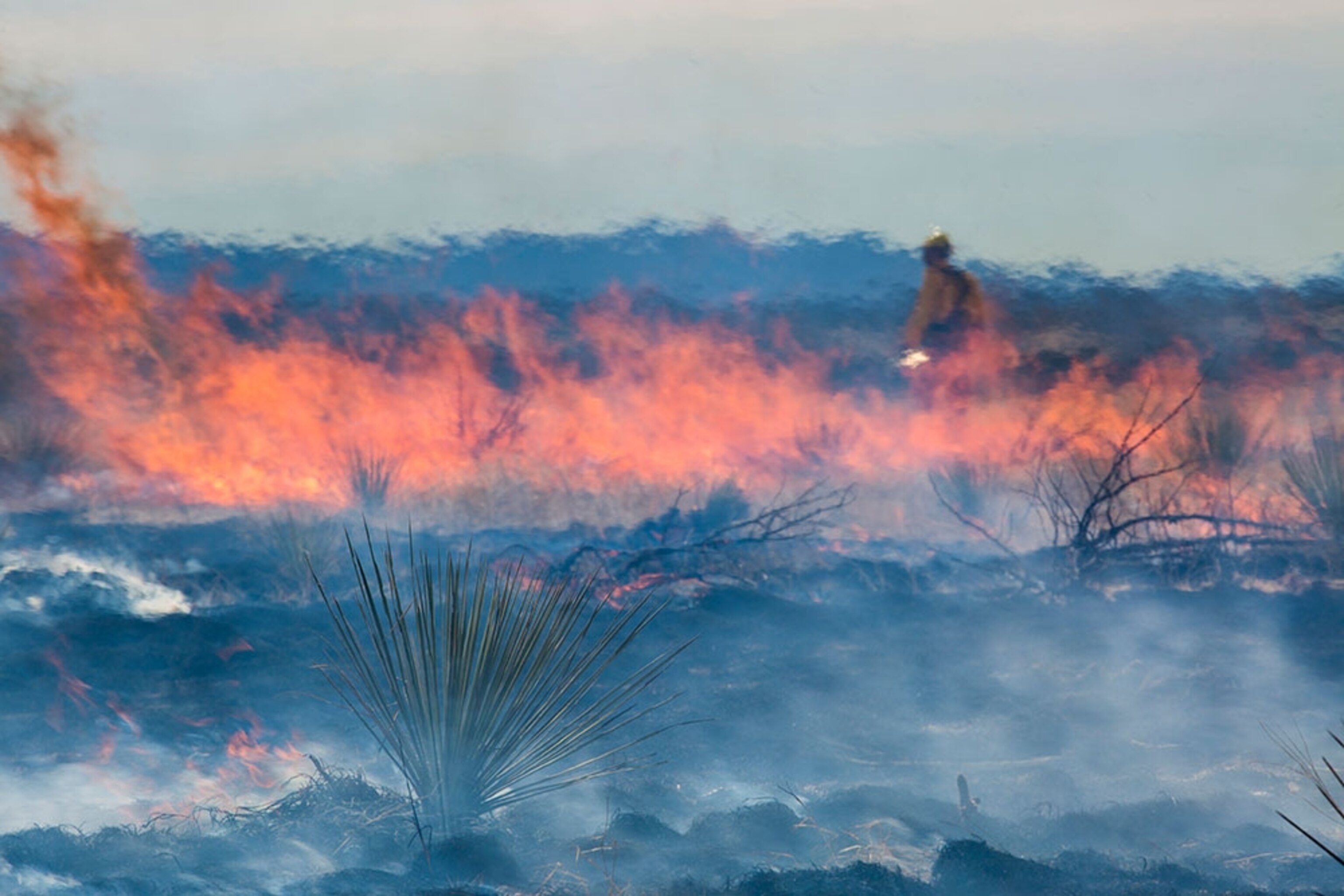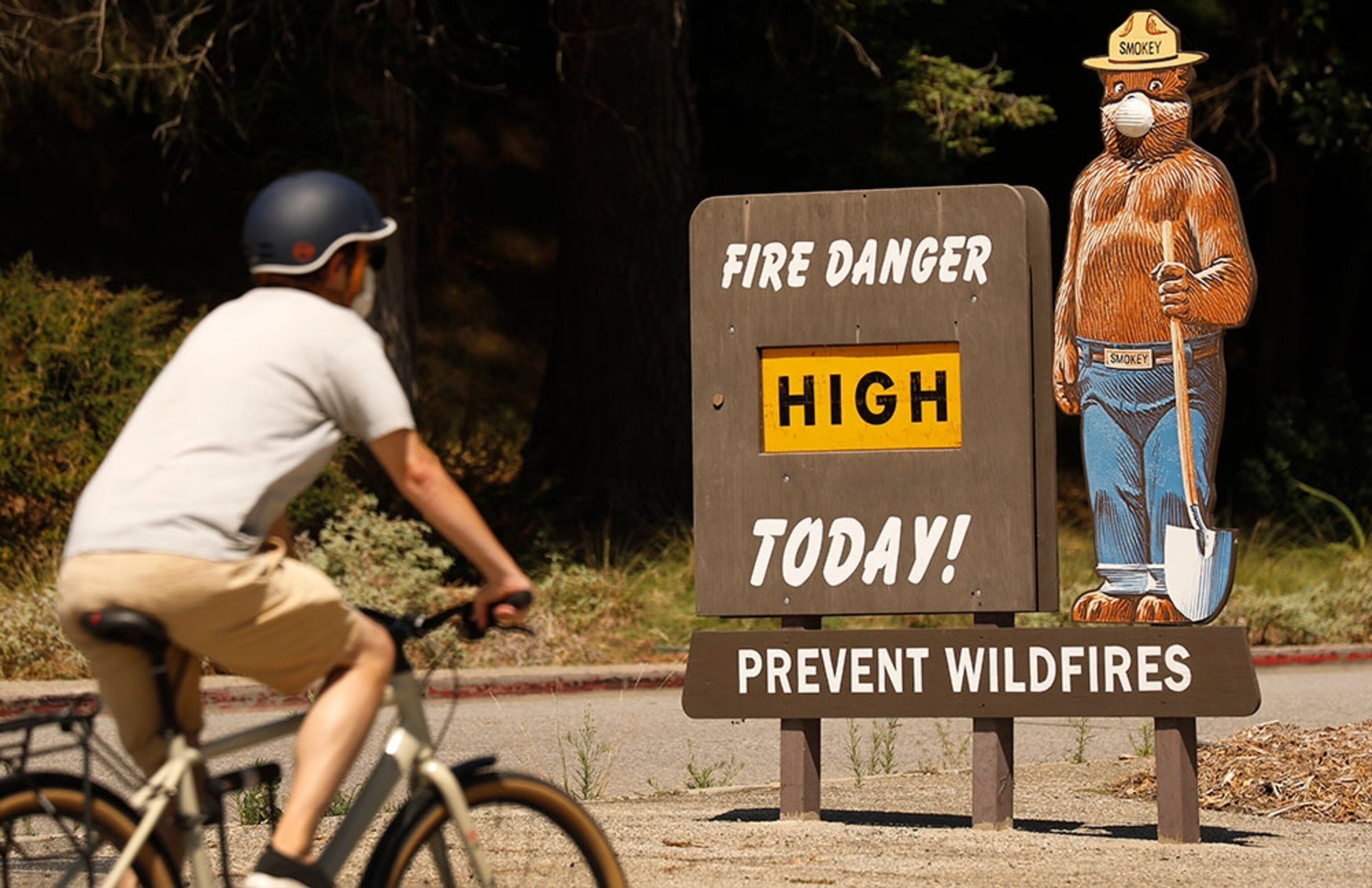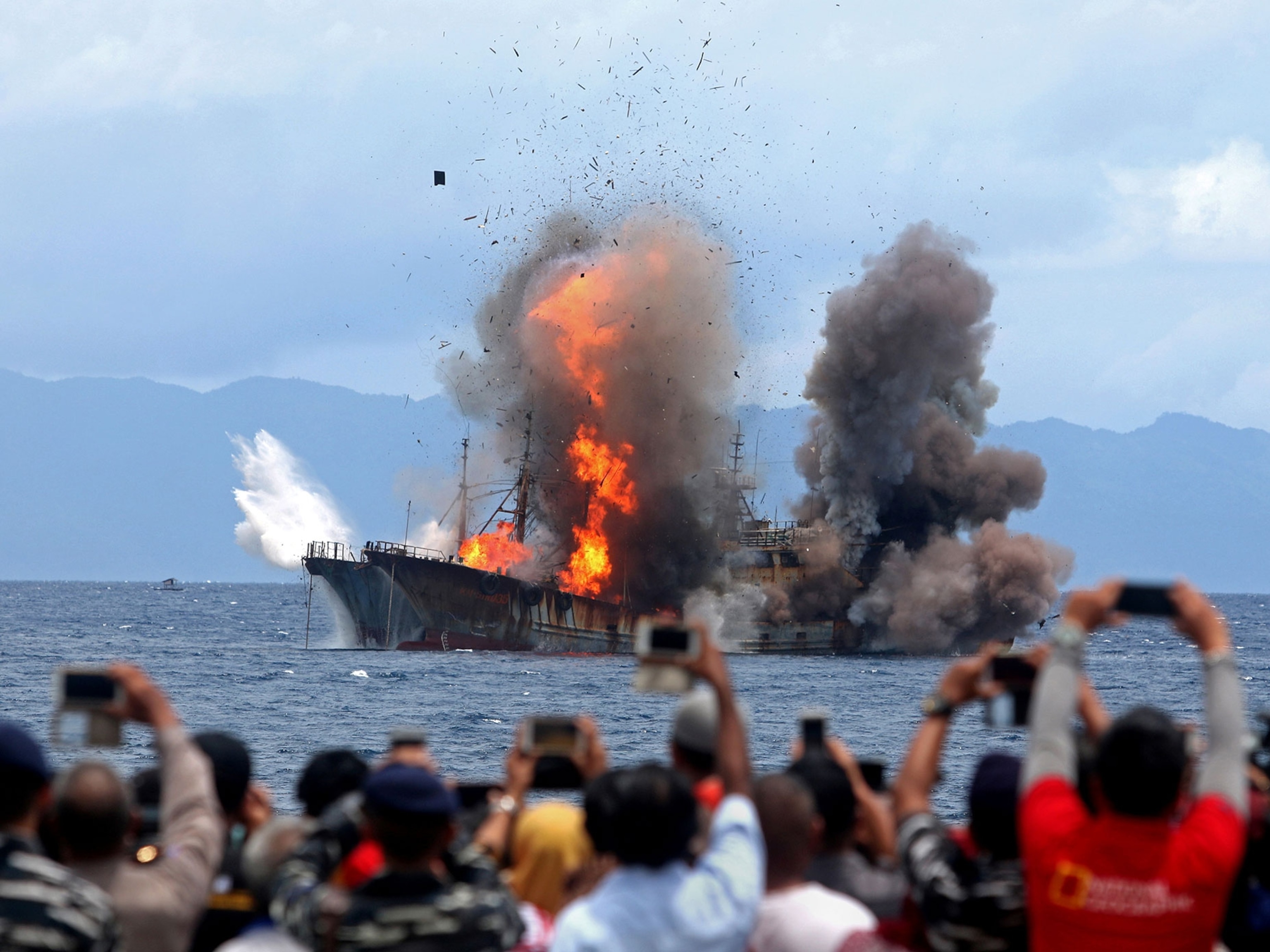
‘Megadrought’ hits water supply in western U.S.
On the Colorado River, a long-feared reckoning is at hand
This is an adaptation of the intro from one of our daily newsletters. Want stories like this delivered to your inbox? Subscribe here.
A disaster can be long expected and still come faster than expected.
People have been forecasting a long-term drying of the West for well over a decade. By this spring, as Alejandra Borunda wrote for us at the time, it was pretty clear that the water level in Lake Mead, behind Hoover Dam, would drop below an elevation of 1075 feet this summer, obliging the U.S. Bureau of Reclamation to declare a water shortage on the Colorado River for the first time since the dam was built in the 1930s.
And yet when officials did just that on Monday, a day when the news was consumed with the sudden collapse of Afghanistan, it still came as a bit of a shock.
Arizona farmers will suffer first, as the state loses nearly a fifth of the water it gets from the Colorado. But Nevada will take a hit too. And if the drought wears on, and Lake Mead continues to drop, cuts are coming to the water supply of other states, including California.
A long-feared reckoning is at hand. The “megadrought” is likely to wear on. "It’s really climate change that pushed this event to be one of the worst in 500 years,” Columbia University climate scientist Ben Cook told Borunda.
People have been forecasting a long-term increase in wildfires in the West for a long time too.
We’ve been watching it happen. Between 1983 and 2001, according to statistics from the National Interagency Fire Center, an average of 3.24 million acres a year burned in the U.S. Between 2002 and 2020, that figure more than doubled, to 7.21 million acres a year.
Drought promotes fire, climate change promotes both. This long hot summer has felt a bit like a doom cycle. Yet the path to limiting climate change is clear, and we’re starting to stumble down it. The path to healthier, less fire-prone forests is clear too: As scientists have been telling us for decades, we need to unlearn the lesson we absorbed from Smokey Bear, that all fire is bad, and allow controlled, prescribed burns back into the woods to clean out the excess fuel—like Native Americans used to do.
At the same time, as Jennifer Oldham writes for Nat Geo, we need to pay more attention to Smokey Bear. The septuagenarian bear’s handlers are working hard to update his messaging for a younger and more diverse audience.
What?
Humans ignite more than 80 percent of all wildfires, Oldham explains, and 97 percent of all fires that threaten homes, in large part because of the American penchant for building homes in the woods. No spark, no wildfire—and with our burning of leaves on windy days, our undoused campfires, and our ill-placed fireworks, we provide most of the sparks.
Sometimes we need to find room in our mind for truths that may sound contradictory. Our problems are massive, of the kind that only concerted action by governments can solve—Western forests need cleaning, Western water use needs reforming, the whole global energy system needs changing—and yet our actions as individuals still matter.
And maybe, if we can manage not to lose heart, some of the good changes that need to happen will also come faster than we expect.
What's being done to conserve water:
— In June, Nevada announced a ban on “non-functionable grass” to conserve water. That term covers nearly a third of current grass in the Las Vegas area—and could reduce the state’s dependence on the Colorado River by 10 percent, EcoWatch reports.
— During the last drought, California eventually required residents to cut water use by 25 percent. They got close, cutting use by 24.5 percent in all, largely by changing what they did outside their homes—including tearing out lawns, installing greywater systems, and putting in irrigation timers.
— Conservation sticks. Before the 2015 California water restrictions, about half of all residential water use was outdoors. California’s residential water usage is still down 16 percent from pre-2012-15 levels, Borunda tells us.
Robert Kunzig is Nat Geo's executive editor for environment.







